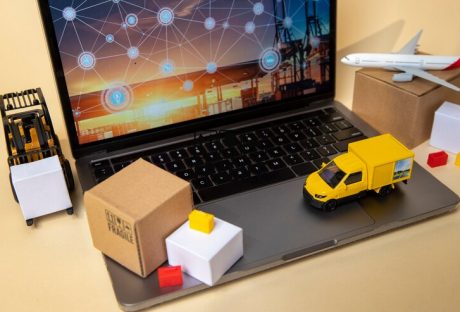In today’s modern internet age we often come up against language barriers. Communicating with people all over the world is so much easier than it has ever been, plus we can get objects shipped from all over the world to our doors, or watch videos or listen to music from other areas.
A whopping 23 million people speak Dutch, but this does not even put it in the top ten spoken languages across the globe. This means that if you need to communicate with clients, customers, coworkers, or other people in Dutch, you may need Dutch translation services.
However, with all the translation options available online, people wonder how they can make sure that they are getting the best translation services that they can. Let’s look at the ways you can tell whether a translation service will be what you need.
Humans vs computers
One of the biggest questions when looking for a translation is whether to use a human translator or one of the many translation software packages that are available.
Translation software is very popular, particularly because it can be very much affordable – some of the translation software available, such as Google Translate, can even be free. However, the results you get from translation software can be very much a mixed bag.
This is because computers typically translate by looking at individual words or short phrases, rather than looking at the whole passage – this, in turn, leads to very stilted, awkward phrases which are technically correct but which sound so wrong. If you need a truly great Dutch translation, it is always recommendable to use a professional human translator.
Native tongue translators
Once you have decided to go to a human translator, it can still be hard to find the right translator for your needs. One thing to look out for is native tongue translators.
This means people who speak your target language natively – so if you want a translation from English to Dutch, you could look for a native Dutch speaker. Using a native tongue translator has some major benefits over using someone who is merely fluent in a language.
Native speaks are more likely to be accurate with their translations, and they are also more likely to get the right nuance and flow in the translated document.
While you might think good is good enough, a native-speaking audience can often tell when a translation has been handled by someone who does not speak their language natively – again, it can seem stilted, slightly off, and difficult to read. Having a great translation can help increase customer trust, so it is very important to get it right.
Specialist translators
Another thing to consider is the additional skills and experience of the translators you use. Just as you should use someone well versed in Dutch, you should also look for someone well versed in the type of content you need to be translated.
For example, if you need medical documents such as medication information sheets translated, it makes the most sense to find someone who has experience working within the medical field. This is because they are more likely to be familiar with the specialist terminology and proper layout of these kinds of documents, which, again, gives you a better chance of having a perfect translation.
Freelancers vs agency
There are so many people out there offering their services as translators that it can be hard to pick. One of the biggest aspects to chose between is whether someone is a solo freelancer, or whether you should go to an agency. This can be down to personal preference, but there are some benefits and letdowns. A solo freelancer is only one person and cannot have the same specialist experience as a whole team, so an agency may be better able to help get you an experienced translator.
Final thoughts
Getting the right Dutch translation services for your written or spoken documents is a vital step to making sure that your message is received properly. While there are plenty of options to choose from, following the steps above can help make sure that you get a great translation every time.
Read Also:
























